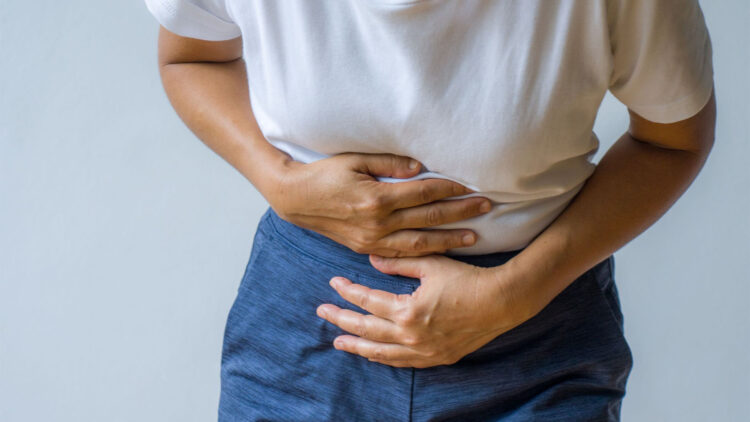When your stomach is not feeling good, maybe from indigestion, gastroenteritis, a gastric ulcer, or continuing treatment, a bland diet can be the easiest way to help. According to the experts, this strategy calm the digestive tract, facilitate digestion in general, and lower stomach acidity as your stomach slowly heal. They recommend foods with soft textures, low fat and fiber, and spice, but prepared softly. And servings should be small.
The goal is to avoid foods that irritate your body. This method of clinical nutrition gives comfort while protecting delicate tissues that are irritated by gastritis or damaged by alcohol and too much seasonings.
What a bland diet really means
A bland diet work is a temporary strategy with soft, low-fiber foods over frying and strong seasonings, to reduce gastrointestinal discomfort, facilitate digestion, and give your digestive system a break.
Whats on the diet? The basics, think about what you would give to a toddler which stomach is still not ready for big flavors:
- Carbs: White rice, mashed potatoes, seedless bread, and simple spaghetti all provide energy without stressing your stomach.
- Fruits: Choose ripe bananas, apple compote, pear purée, or melon.
- Vegetables: Cooked zucchini, pumpkin, or carrots because they reduce the possibility of irritation.
- Protein: Chiken, turkey or white fish are welcome but it should be lean and served in a very simple way.
- Low-fat dairy products (if no intolerance): Skim milk or yogurt can be included in moderation, of course.
Foods and habits that need a break
Avoiding the foods that are not good for your stomach is just as important as picking the right ones. Because when the stomach is already sensitive, meals like red meat, sausages, fried dishes, cured cheeses, entire beans, and raw vegetables is just going to make it worse.
Whole, high-fiber foods are great, yes, but in situations where your stomach can actually digest them. With a stomachache, strong flavors like pepper, onion, garlic, and hot sauces are going to irritate the digestive system. Drinks are very important too. Certain teas, coffee, alcohol, and citrus juices may raise stomach acidity or give you pain if it’s stimulates the gut.
But that’s not it, part of the strategy is how you prepare your plates. The best way is steaming,baking, boiling, or lightly grilling. Why? These methods avoid adding fats or crusts that could make worst the symptoms.
A bland diet doesn’t automatically has to be boring, you can alternate between ripe bananas, apple compote, and melon; combine mashed potatoes with soft zucchini or carrots; or switch basics like white fish one day and boiling chicken the next. When your stomach needs to relax, this type of food is what it needs according to the experts, but yo can always add some creativity onto it.
A simple and calm recovery
Simple textures and light flavors are preferred on the menu because they are soothing when the stomach is struggling. But even when our bellies are note feeling well, we still might be hungry and we still have to eat. So do it, but do it carefully, in tiny portions, and paying attention to how your body reacts. Specialists advise looking for medical supervision if at any point symptoms are persistent or if is happens more regularly than it should.
You’re just adapting while your stomach goes back to normal. Over time, you can reintroduce more choices of meals when your comfort returns. But until the balance is restored and eating becomes simple and enjoyable again, let the band diet do it’s job. Once you’ve seen the results, you’ll probably do it again next time without even thinking about it.

